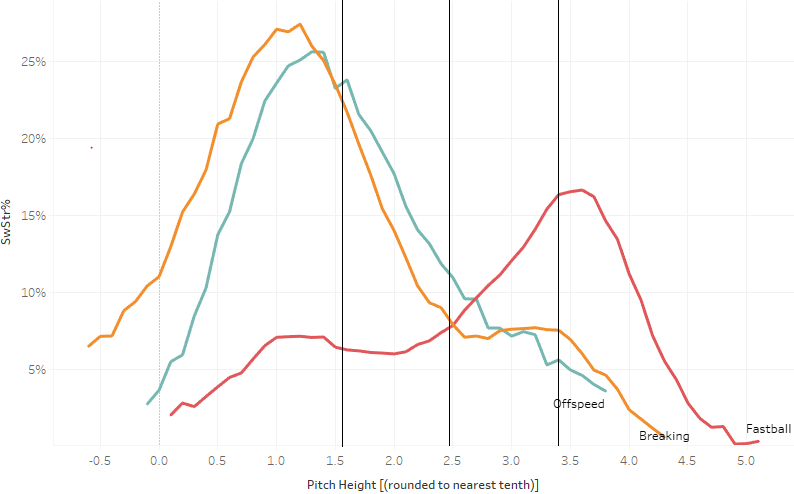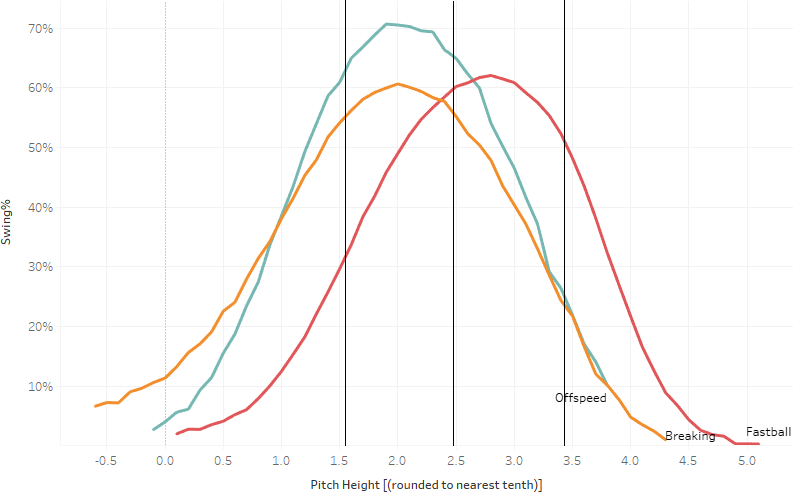Baseball Has Lost a True Titan in Henry Aaron (1934-2021)
There are baseball stars, there are heroes and legends, and then there is Henry Aaron. The slugging right fielder is remembered mainly for surpassing Babe Ruth’s all-time home run record on April 8, 1974, but even that crowning achievement obscures the all-around excellence and remarkable consistency he demonstrated during his 23-year major league career.
What’s more, Aaron’s accomplishments can most fully be appreciated only with an understanding of the racism he encountered throughout his life and his career, as a Black man who began his professional career in the Negro Leagues, who became a star before half of the teams in the National League had integrated and a champion before the last teams in the American League did so, who emerged as a force for civil rights while becoming the first Black star on the first major league team in the Deep South, who surpassed the most hallowed record produced by the game’s most famous player while facing a nearly unimaginable barrage of hate mail and death threats, and who broke down further barriers after his retirement, as one of the game’s first Black executives and as a critic of the lack of diversity among managers and executives.
More than a Hall of Famer, Aaron was a true titan, an American icon in his own right. Sadly, he is the latest Hall of Famer in an unrelenting stretch to pass away. News of his death was announced on Friday morning, four days after that of Don Sutton, 15 days after that of Tommy Lasorda, and 27 days after that of former teammate Phil Niekro. He was 86 years old, and had been in the news earlier this month as he received a COVID-19 vaccination.
“Hank Aaron was one of the best baseball players we’ve ever seen and one of the strongest people I’ve ever met,” said former president Barack Obama in a statement released on Friday. Former presidents Jimmy Carter, Bill Clinton, and George W. Bush paid tributes in statements as well, as did President Joe Biden:
President @JoeBiden on #HankAaron’s legacy: “As a nation, we will still chase the better version of ourselves that he set for us.” pic.twitter.com/xL7AESxaek
— Greg Bluestein (@bluestein) January 23, 2021
While Aaron’s story is often cast as that of a man overcoming or ignoring racism and hatred to achieve greatness with quiet dignity, it does the man a disservice to soften his edges and diminish the pain that he felt, and the scars that he bore — particularly given that he did not do so in silence. Surpassing Ruth “was supposed to be the greatest triumph of my life, but I was never allowed to enjoy it. I couldn’t wait for it to be over,” he once said. “The only reason that some people didn’t want me to succeed was because I was a Black man.” Read the rest of this entry »


